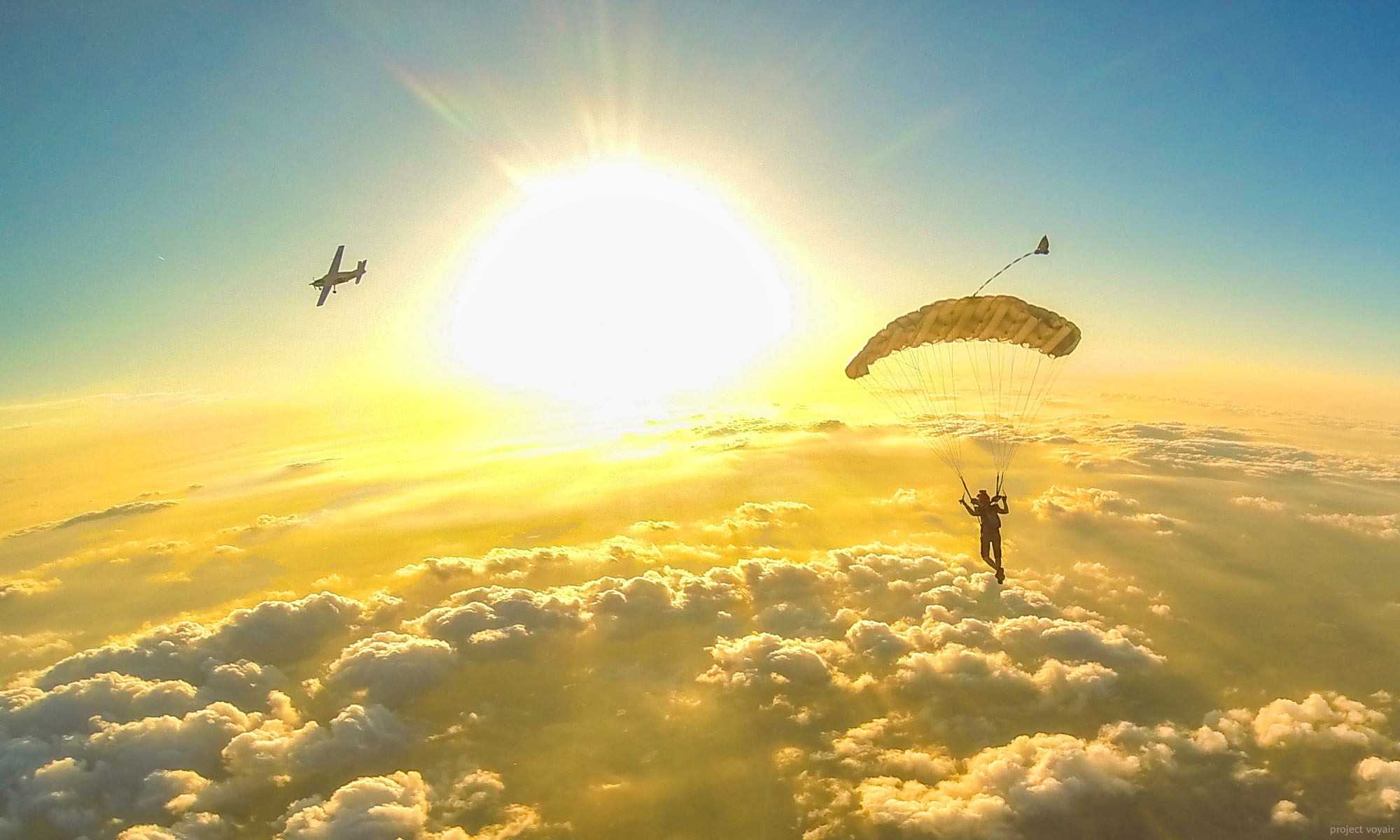Breakoff Series Part 2: Flat Tracking
Tracking away from other skydivers well is one of the most vital survival skills a skydiver can have. No matter what kind of freefall skydive you do, unless it’s a Mr. Bill or a solo, you will be tracking to achieve horizontal separation from the other people you are skydiving with before deploying your parachute. …

